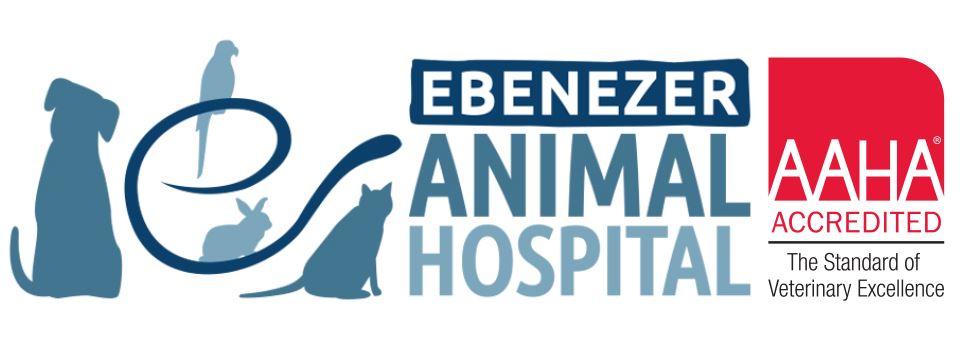Heartworm prevention: a year round commitment in the southeast
During the cooler months of winter, the last thing on your mind as a pet owner is heartworm disease. We all know that our dogs rarely come in contact with mosquitoes in the winter. These pesky insects are the reason why our canine companions contract heartworm disease. Reality tells us a different story. At EAH, we diagnose heartworm disease year round. In fact, we diagnose just as many cases in the winter and the months following winter compared with any month during the summer or fall. Why is this? To answer the question, it helps to understand a little bit about heartworms and their life cycle. I promise that I will keep this biology lesson brief!
A mosquito becomes infected with microfilariae (baby heartworms) when it feeds on blood from an infected dog. These baby heartworms mature in the mosquito until they have the ability to infect as well. This mosquito eventually comes in contact with an uninfected dog and feeds from him or her. During the feeding process, the ineffective baby heartworms enter the bloodstream of their new host and migrate through your pet’s tissue (gross!) until they reach the bloodstream and migrate to the pulmonary artery right next to the heart. This process takes approximately 3 to 4 months.
Once 3 to 4 months passes, heartworms have matured into adults and our monthly preventative medications have no effect on them. They will continue to mature, feed, produce offspring, and serve as a reservoir for mosquitoes to become infected and transmit heartworms to new dogs. Once heartworms have matured into adults, the only option to effectively kill them is a costly series of injections that require exercise restriction for up to three months, antibiotics, and possible side effects from the drugs used to cure heartworm. Left untreated, these heartworms can overwhelm your dogs cardiovascular system and even lead to congestive heart failure. A single adult heartworm can live up to SEVEN years in your dog!
In the fall, many owners stop administering heartworm prevention because the cooler temperatures generally translate into a dramatic decrease of mosquitoes outside. As you recall, it takes about 3 to 4 months for heartworms to mature into adults. This short window of time conveniently mirrors our cold months in the southeast. With this bit of knowledge, it is easy to picture the scenario in which your dog can develop heartworm over the winter. He or she is infected during a warm fall day in October or November. Because it’s colder, prevention is not given until February or March. At this point, the heartworms are now adults, and not only is the monthly prevention ineffective, some prevention can even be harmful to your dog.
It is because of this unique quirk in the heartworm lifecycle, coupled with our weather in the southeast, that we recommend year round heartworm prevention in all dogs, all sizes, whether indoors or outdoors. Heartworm prevention is relatively inexpensive and carries very few side effects. Heartworm treatment is expensive and carries several side effects.
We have several options available at EAH for heartworm prevention. These include monthly preventatives that protect against heartworms, intestinal parasites, and fleas. In addition, we also offer our patients a convenient injectable form of heartworm prevention called Proheart 6. With a single injection, your dog receives six full months of heartworm prevention. This takes the guesswork out of remembering each month to give a pill and prevents missed doses if your dog spits the pill out or vomits up the preventative at a later time. We will even call or e-mail you in six months when the next injection is due.
When it comes to heartworm prevention in the southeast, we cannot stress enough that an ounce of prevention is worth its weight in gold! Here’s to a heartworm free 2015!
Dr. Jay E. Hreiz, Ebenezer Animal Hospital
What's Next
Call us or schedule an appointment online!
Meet with a doctor for an initial exam.
Put a plan together for your pet.

